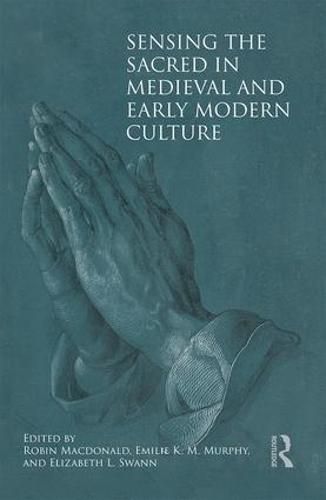Readings Newsletter
Become a Readings Member to make your shopping experience even easier.
Sign in or sign up for free!
You’re not far away from qualifying for FREE standard shipping within Australia
You’ve qualified for FREE standard shipping within Australia
The cart is loading…






This volume traces transformations in attitudes toward, ideas about, and experiences of religion and the senses in the medieval and early modern period. Broad in temporal and geographical scope, it challenges traditional notions of periodisation, highlighting continuities as well as change. Rather than focusing on individual senses, the volume’s organisation emphasises the multisensoriality and embodied nature of religious practices and experiences, refusing easy distinctions between asceticism and excess. The senses were not passive, but rather active and reactive, res-ponding to and initiating change. As the contributions in this collection demonstrate, in the pre-modern era, sensing the sacred was a complex, vexed, and constantly evolving process, shaped by individuals, environment, and religious change. The volume will be essential reading not only for scholars of religion and the senses, but for anyone interested in histories of medieval and early modern bodies, material culture, affects, and affect theory.
$9.00 standard shipping within Australia
FREE standard shipping within Australia for orders over $100.00
Express & International shipping calculated at checkout
This volume traces transformations in attitudes toward, ideas about, and experiences of religion and the senses in the medieval and early modern period. Broad in temporal and geographical scope, it challenges traditional notions of periodisation, highlighting continuities as well as change. Rather than focusing on individual senses, the volume’s organisation emphasises the multisensoriality and embodied nature of religious practices and experiences, refusing easy distinctions between asceticism and excess. The senses were not passive, but rather active and reactive, res-ponding to and initiating change. As the contributions in this collection demonstrate, in the pre-modern era, sensing the sacred was a complex, vexed, and constantly evolving process, shaped by individuals, environment, and religious change. The volume will be essential reading not only for scholars of religion and the senses, but for anyone interested in histories of medieval and early modern bodies, material culture, affects, and affect theory.